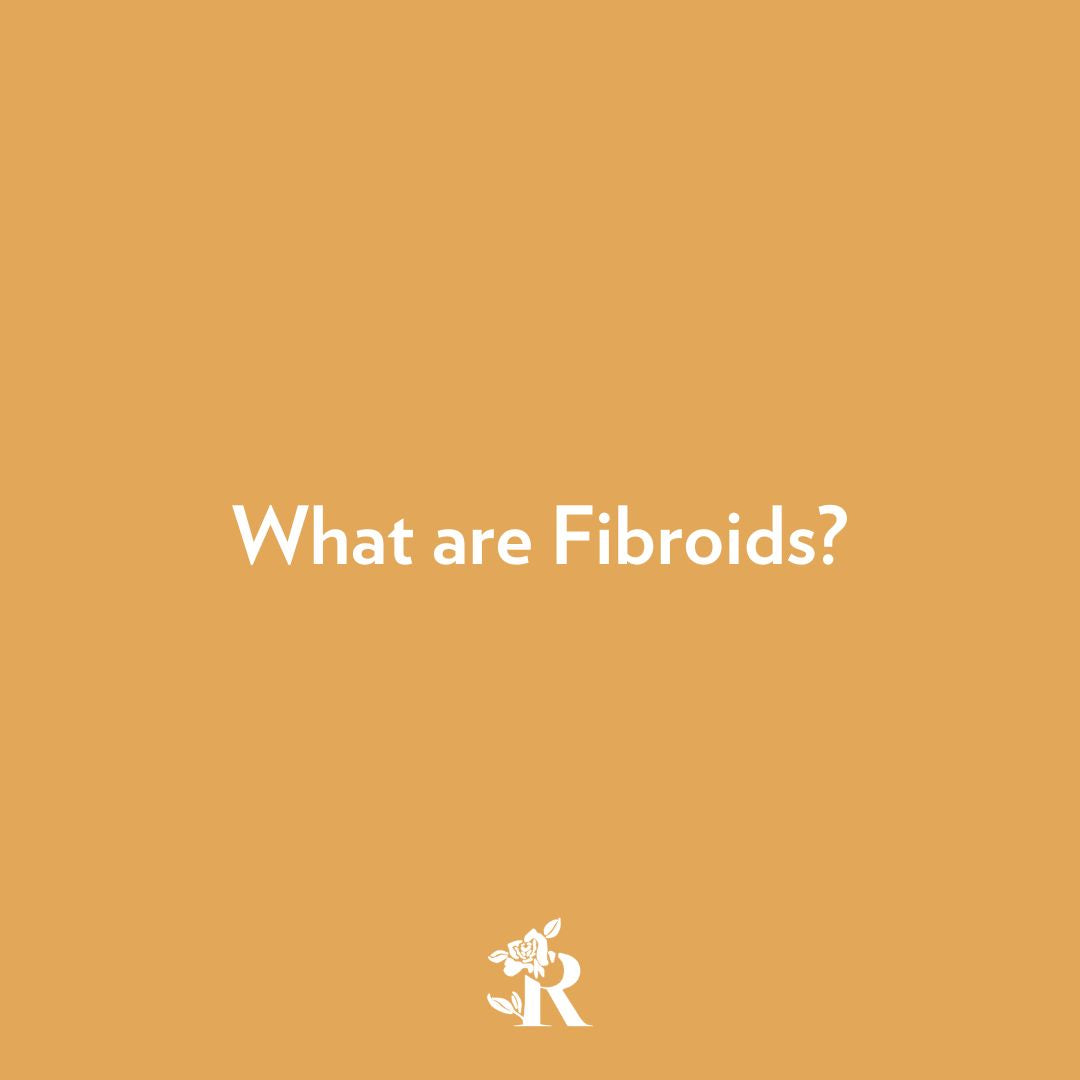What are Fibroids?
Fibroids
During and after menopause many things happen in a woman’s body as it goes through changes. The unfortunate truth is that a lot of them aren’t talked about as much as they should be. How are fibroids connected and what are they? They’re much more common than you might think - especially if you’ve never even heard of them.
What are Fibroids?
Fibroids are tumors made up of fibrous tissue and connective muscle tissue. They are the leading cause of hysterectomies in the US. They develop in the uterus, typically during childbearing years of a woman’s life. It is estimated that 70 to 80% of women will develop fibroids at some point in their life. Almost all fibroids are benign and cause no risk of cancer or any other long lasting complications in the uterus.
Fibroids can vary from the size of a pea to, rarely, the size of a watermelon. Fibroids can develop as a single growth or in a cluster. They can be found on the wall of the uterus, inside the main cavity of the uterus, or even on the outside of your vaginal area.
What are the Different Types of Fibroids?
There are multiple different types of fibroids that can develop. The type of fibroid you have depends on the size, location, and how many growths there are. These are the most common fibroid types:
- Submucosal Fibroids: This type of fibroid grows inside the cavity of the uterus.
- Intramural Fibroids: These are the most common fibroids among women and develop into the wall of the uterus itself.
- Subserosal Fibroids: These fibroids are located on the outside of the uterus closely located to the uterus’ wall.
- Pedunculated Fibroids: This type of fibroid is the least common type of fibroid, but it does occur. These fibroids are located on the outside of the uterus, but connected to it by a thin stem.
Symptoms of Fibroids
Most women will experience little to no symptoms at all when they develop fibroids. Typically fibroids are small, and therefore asymptomatic. You may not even know you’ve developed fibroids at all.
If, however, the size of the fibroid is larger, it may cause pressure or discomfort that can present itself in various ways depending on the location. Some symptoms include:
- Painful or excessive bleeding during your period
- Bleeding in between your menstrual cycles
- Frequent urination
- Pain during sex
- Low back pain
- Constipation
- Chronic vaginal discharge
- Inability to urinate
- Increased abdominal distention (appearance of pregnancy)
Typically symptoms can spike or become apparent right before you go through menopause or while you’re pregnant. This is because fibroids grow or shrink when they detect hormonal fluctuations in your body. During pregnancy, there are many more hormones flowing through your body, so there is an increased chance that fibroids could grow. It’s important to be monitored by a medical professional during pregnancy to check for fibroids, or if you have existing fibroids, to make sure everything develops smoothly.
Accordingly, when your hormone levels drop, fibroids have a tendency to shrink, which for some can relieve pain and discomfort that might’ve accompanied fibroids that developed.
Fibroid Detection
Your gynecologist is likely to find fibroids in a routine exam. If there is suspicion you have fibroids, there are several ways to confirm that they have developed. Talk to your healthcare professional to determine the best method(s) for you. These methods include, but are not limited to:
Treatment for Fibroids
Most fibroids won’t require any treatment. They exist without harming or drastically changing your body. Fibroids that do cause excessive symptoms and pain can be treated.
Your doctor may recommend iron supplements, OTC medications, birth control, and oral therapies to help relieve mild symptoms. If these methods do not work, disruptive fibroids can be removed entirely, typically through surgery.
There are different methods of surgeries to remove a fibroid or fibroid cluster. Many factors go into which surgery you and your healthcare professional may choose - most notably whether or not you still want to have children. Here are some surgeries that can be performed if you want to keep your reproductive abilities intact:
Hysteroscopy: A method of inserting a tube into the vagina through the cervix and into the uterus. A professional will cut away and remove the fibroids without causing any damage to the uterus
Laparoscopy: Generally the same procedure as a hysteroscopy, except instead of inserting the scope into the vagina, small incisions are made directly to the uterus. Once again this procedure causes no harm to the uterus.
If you are at a stage where you are not trying to have children in the future, there are additional surgical options:
Hysterectomy: This procedure is the removal of the uterus entirely. Getting a hysterectomy is the only way to completely remove and prevent additional fibroids, as the uterus is what they grow in/around. When your uterus is removed, there should be a total relief of symptoms and no chance of the fibroids returning.
Uterine Fibroid Embolization: This is performed by a radiologist associated with your gynecologist. A small catheter is inserted in the uterine artery and particles are released to stop blood flow to the fibroids. When the fibroids don’t get blood, they shrink. This helps to relieve symptoms.
Fibroids are different in every single woman - there’s no one way to deal with them.
Stay on Top
If you experience pain or discomfort accompanied by pressure, make sure you communicate with your doctor. The best way to ensure that you’re staying on top of keeping your body healthy is to get checked up regularly. Better to catch things early before they start causing harm.
*This post does not provide medical advice. It is intended for informational purposes only. It is not a substitute for professional medical advice, diagnosis or treatment.*











